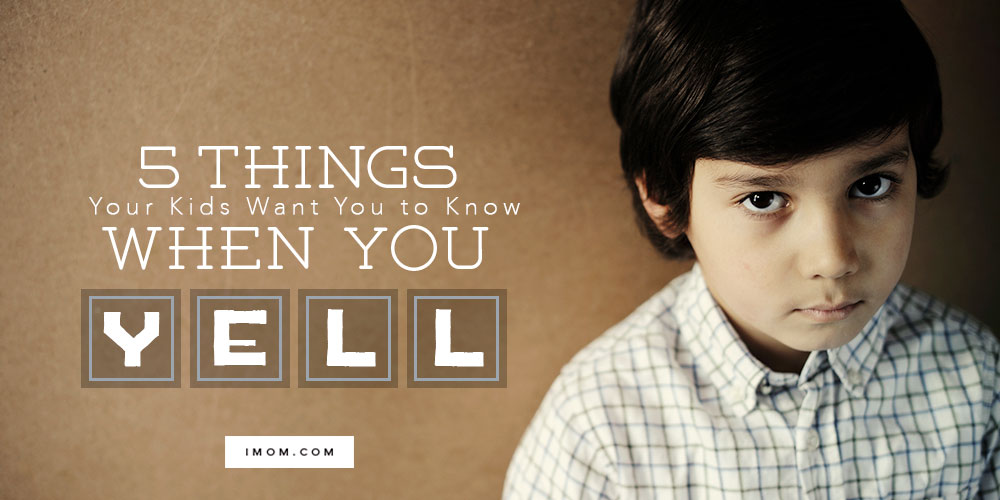It happened without warning. As a parent hunkered down in the trenches of toddlerhood, I turned into my mother. “I’m not talking just to hear myself talk,” I staunchly (and loudly) proclaimed to our 2-year-old daughter just like my mom used to yell. Of course, Ellery didn’t hear me. Instead, her toy cars held her attention as she zoomed them around the room. I knew I needed to figure out how to get my toddler to listen to me without yelling. And fast! Otherwise, I’d end up shouting another mom-ism: “Don’t make me repeat myself.”
Being absorbed in playing and moving around is typical toddler behavior. After all, everything is new, exciting, and ready to be explored. It’s no wonder they can’t hear us. If you struggle with how to get toddlers to listen without yelling, try incorporating these 8 tried-and-true methods.
1. Make eye contact.
If your toddler is focused on doing or watching something, get down on her level. Look her in the eye, say her name, and speak calmly. Making eye contact with you can help her focus on your words. If she doesn’t look at you right away, try asking: “Honey, look at me, please.” When you know you hold your child’s attention, you can use your inside voice.
Some children, such as kids with ASD, can find making eye contact stressful. Alternatives to eye contact include asking your child to turn her body toward you, looking at your chin, or moving your finger from her eye to yours to give her a line of sight.
2. Turn his “listening ears” on.
Toddlers learn through play. So, rather than raising your voice, raise your fun factor instead. Pretend his listening ears accidentally got turned off, and he needs your help to turn them back on. When you turn on his ears, sprinkle in funny words or sounds, like “Zoop” or “Plonk! Plonk!” for giggle potential.
You can also say: “Let’s turn our listening ears on!” Then gently massage your ears from the top down to the lobe and invite your child to follow suit. Rubbing ears this way releases endorphins for both of you and makes listening enjoyable all around.
3. Give her an extra pair of “listening ears.”
This one worked wonders for our youngest! When Ellery struggled to listen to me, I would say: “Oh no! Did you lose your listening ears? Here’s an extra pair.” Then I’d pull an imaginary pair of “listening ears” out of my pocket and pop them on her ears. And by “pop,” I mean I would make an overly animated popping sound. Not only did this help her focus on my words, it helped me keep my cool and not yell.
4. Speak without making a sound.
Toddlers love all things silly. Tap into that free spirit by moving your mouth to say the words, but don’t say them out loud. Be over-the-top playful. Pretend like you’ve no idea why your child can’t hear you. Try turning on her listening ears to see if that helps. Act surprised when it doesn’t! Keep repeating yourself louder and louder. Giggles (and listening!) will soon follow. But, if your child initially responds to your actions with fear, use your regular voice.
5. Practice focused listening.
We live in a noisy world of distractions, especially for young children. Focused listening—the ability to tune out other noises and pay attention to one sound, like your voice—takes practice. It’s no wonder we struggle with how to get toddlers to listen without yelling. Give your child lots of practice by asking questions throughout the day like: Do you hear the sound of that bird? Could that be the sound of the garbage truck?!
6. Be direct.
We all do this sometimes. The way you ask matters. We tell our children to do something but phrase it like a question. Our kids perceive our request as optional. Don’t tell your child to do something and then end by saying, “OK?” “OK” implies it’s a choice whether or not to obey when it isn’t.
7. Give simple directions.
Sometimes, we lose our young kids’ attention because we give them too much information at once. Complicated instructions can lead your toddler to lose focus and stop listening, which might up your chances of upping your volume. While every child develops at a unique pace, older 2- or 3-year-olds can generally process and remember two-step directions. For example, turn off the TV and get your shoes.
While every child develops at a unique pace, older 2- or 3-year-olds can generally process and remember two-step directions. For example, turn off the TV and get your shoes. Click To Tweet8. Add in hand motions.
I don’t mean a full-on “Head, Shoulders, Knees, and Toes” dance. But pairing what you say with a hand motion gives your child the words and the action to focus better and comprehend. For example, rub your hands together when you tell your child to wash his hands.
Mom, most of us struggle with how to get toddlers to listen without yelling. And we end up raising our voices more than we’d like. Give yourself some grace. And if you’d like to give yourself a few more ideas on getting your toddler to listen, try these.
What’s your go-to trick for getting your toddler to listen without yelling?










